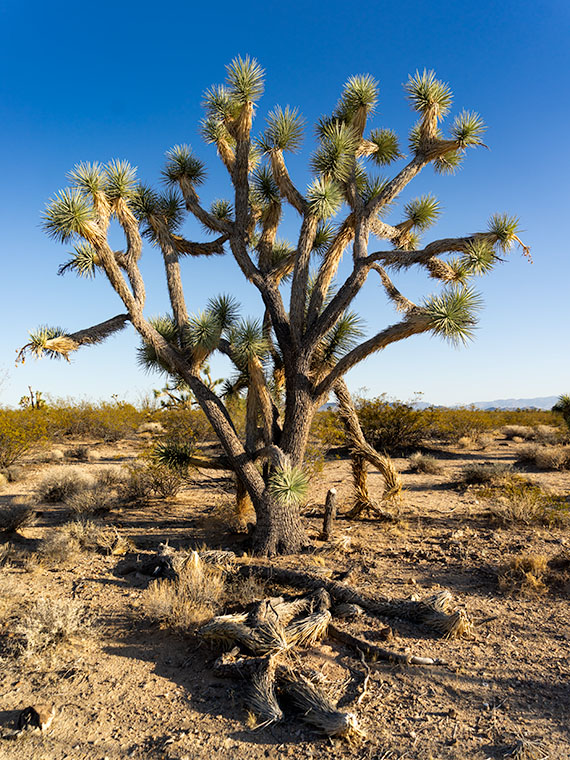Nature diligently gives us clues about seasonal changes. When it comes to summer’s onset, I tolerate most of them. There’s a specific one that I’d be happy to skip. It’s the seasonal appearance of our first rattlesnake. When we moved into our little shack in Congress, our neighbors said that they rarely see one—maybe one shows up in the subdivision. However, we personally are averaging close to one a year. Since we spent our first summer in Alaska, there’s no telling how many slithered through the yard while we were gone, so we don’t know how many we missed in 2016.
This one—Sid, as Anne called it for some reason—showed up Thursday morning—our dump day. We always look forward to Thursdays because it’s our day out on the town. We gather our weekly trash and recycle and take it up to the dump. After that, we’ll swing by Nichol’s West for our usual eggs Benedict breakfast.
This week—while Anne prepared herself for the public—I emptied all the bins and boxes then loaded them into Archie. When she was finally ready, we opened the back door, and there Sid greeted us like a Jehovah’s Witness with a sack full of Watchtower magazines. Mind you; I had already been through that door a half dozen times. I have no idea the direction from which he came, but he seemed to enjoy sunbathing on the back-door mat.
I won’t bore you with an account of the ensuing battle because it went down pretty much like last year’s encounter, but I learned a couple of lessons that morning. The first is that there’s still a gap in the decking that I need to plug. The other thing I learned from our stare-down was more important. That little varmint struck at me a couple of times, and I had time to pay attention to his rattles. They’re softer than I expected, and they’re the same pitch as my tinnitus. That means that when I’m out stomping around the desert, I have to be vigilant about spotting them first because I’m deaf to their warning sound. Of course, the only time I’ve ever spotted a rattler; it’s been in our backyard.

There were no snakes around when I shot this week’s featured image called Summer Joshua. On our journey north on U.S. 93, the next landmark that I wanted to show you was the large area of Joshua Trees. Because so many grow along this section, it’s called Joshua Tree Parkway. It’s a north-facing 13 mile downhill slope on which the giant lilies thrive.
The Joshua is dense along this part of the road, so when I found this isolated specimen, I stopped and asked if it would sit for a portrait. Even with the fallen limbs in the foreground, this is a healthy plant, and you can see one of its heat survival secrets. Actually, you can’t because the secret is the sparse foliage. Like most Sonoran Desert plants, the tree only has the minimum amount of leaves to keep it alive. That strategy cuts down on water evaporation, a scarce commodity around these parts. The old dry foliage folds and covers the branches, which helps cool the plant the same way people use parasols for shade. Cool being relative, because when I shot this image, the air temperature was 105° even though the time was after 5:00 pm.
You can see a larger version of Summer Joshua on its Web Page by clicking here. Next week, we’ll continue north and find another landmark along US 93, so ya’ll come back now—eh?
Until next time — jw

I find it interesting and fun that you name your slithering visitors – Sid.
Perhaps Anne needs a barn cat.
I like your Joshua tree!
Cats aren’t a threat to a rattlesnake; they’re pussys. For real protection, we should get a pet roadrunner – jw
I assume Anne protected you again. I love that we have strong women.
Deb saved me from a bear attack the other night. She scared the crap out of it!
We’ll I think it was trying to get in the dumpster, which woke Deb so she got up and saw it pooping in front of our trailer. I have pictures. Of the poop.
How does that work? Doesn’t the bear’s owner have to clean that up? Are you camping in the woods or is the bear a Pope?